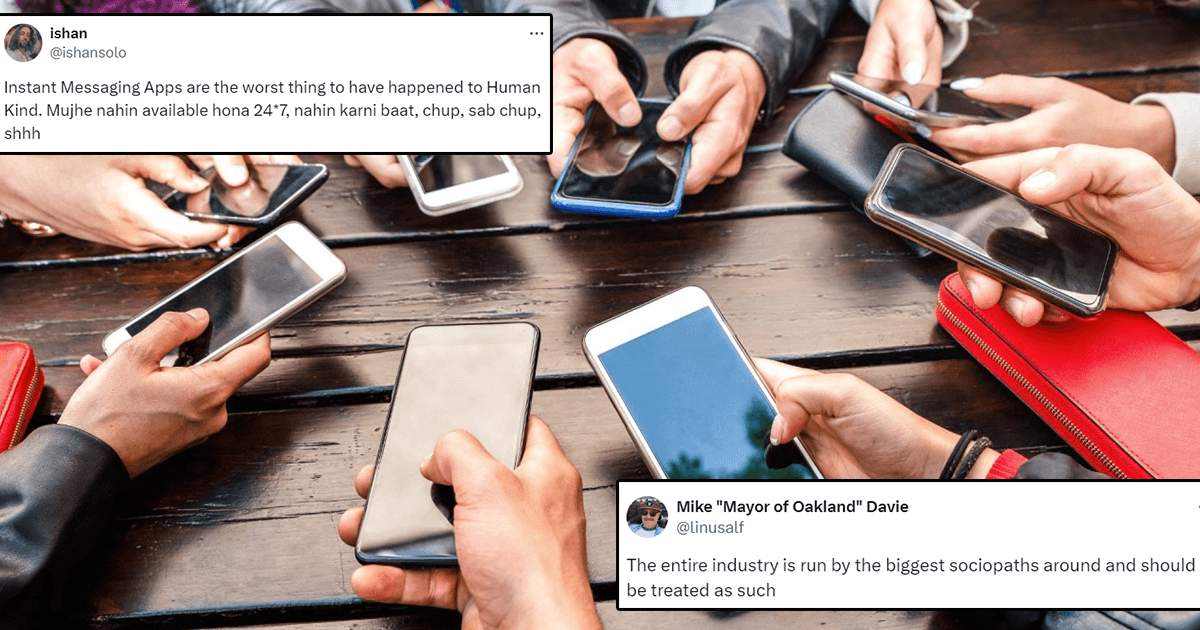The slow but certain lowering of the charge on our smartphones day in and day out. Remembering to charge and carry our little power banks so we make it through the day without running out of battery. These are struggles most of us know all too well. And we can’t help but wonder – it’s 2016 yo – what is the world of science and tech doing to make this one universal problem of the modern day human go away for good?
We’ll tell you exactly what they’re doing. They’re on the verge of creating revolutionary technology that lets you fully charge your device in merely seconds, and makes it so that you wouldn’t have to charge it again for over a week. Don’t believe us? Read on.
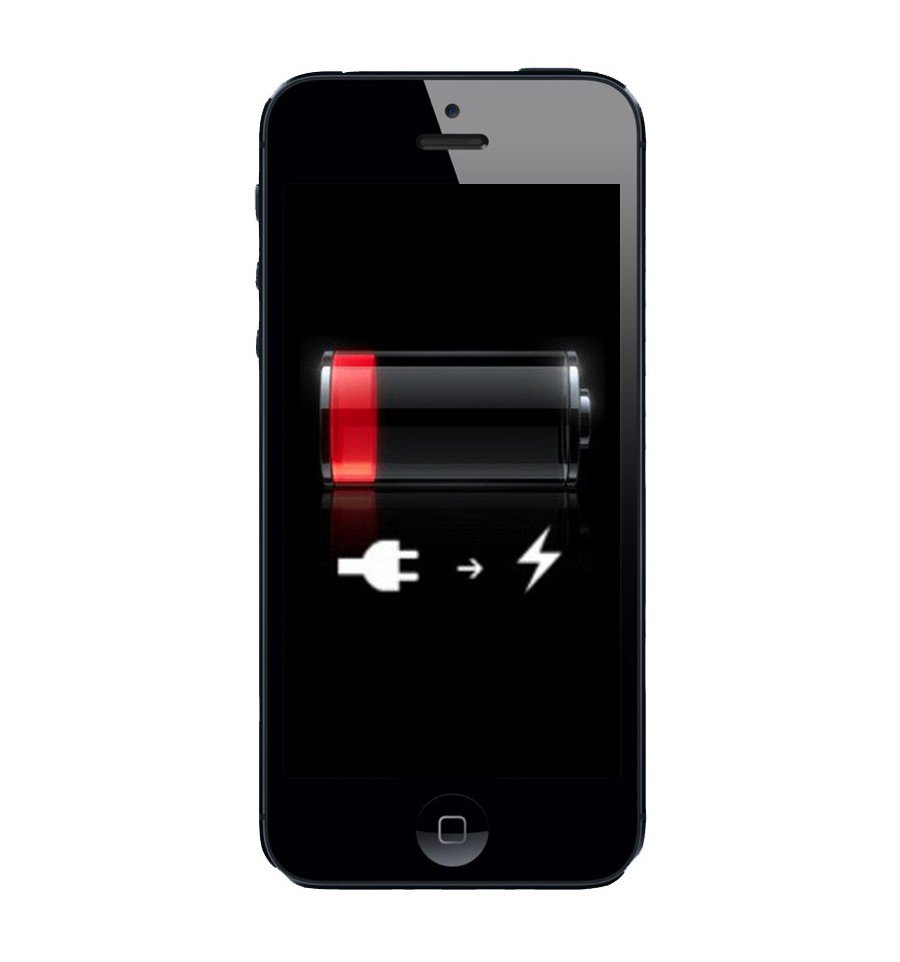
Supercapacitors, formerly known as electric double-layered capacitors (EDLCs) is a type of electrochemical capacitor that can typically store about 10 to 100 times more energy per unit volume than an average electrolytic capacitor – which is another name for a rechargeable lithium-ion battery that powers our phones.
The advantage of using supercapacitor technology in devices that we use everyday is not limited to how much charge they can hold, but also on how they can accept and deliver charge significantly faster than electrolytic batteries can.
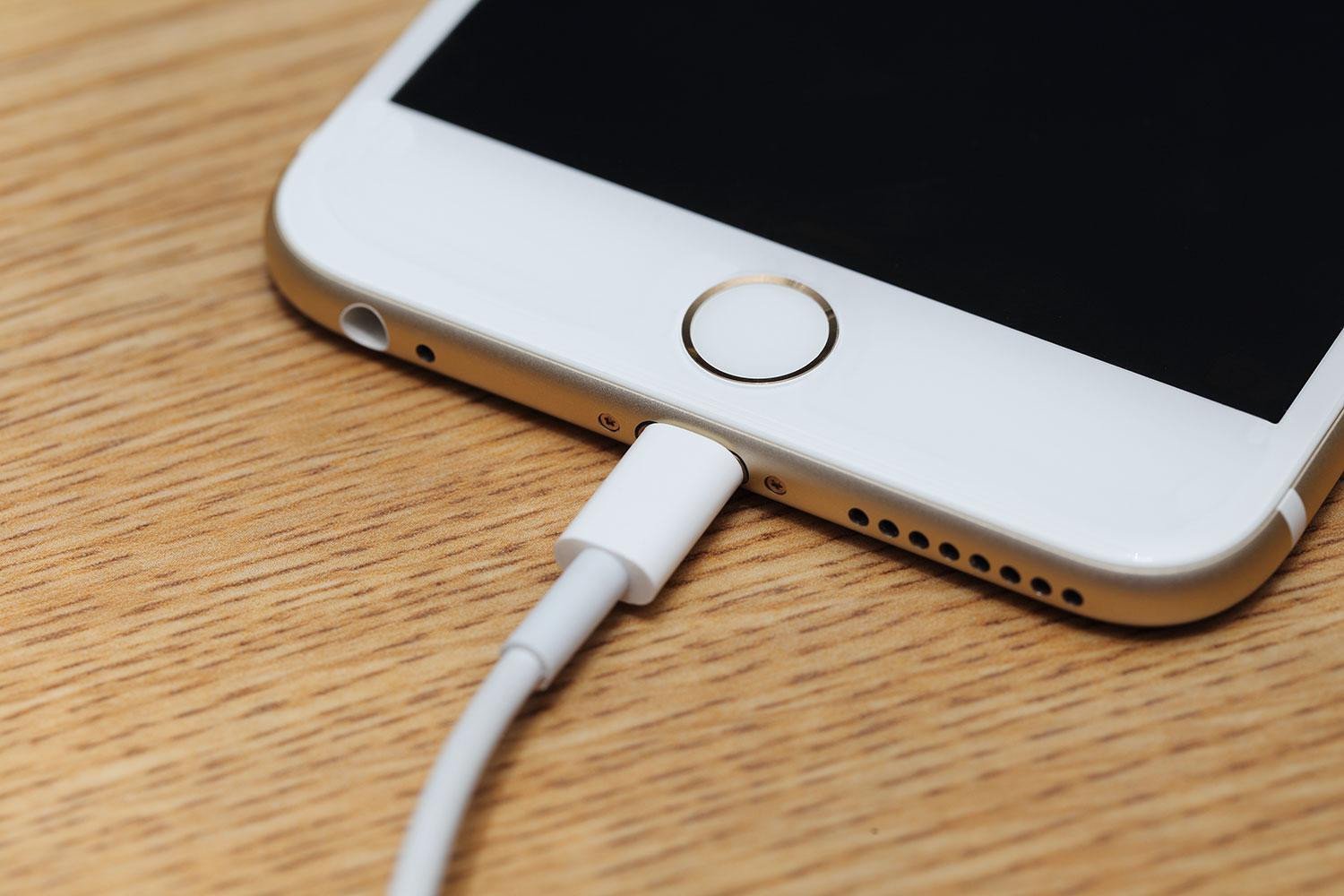
The use of supercapacitors to power our phones will effectively, also rid us of the ever-present ‘old phone dying fast’ horror. The lithium-ion batteries we currently use can be recharged an estimated 1,500 times before they start to degrade in power retention. In contrast, a supercapacitor would breeze through over 30,000 recharge cycles without any signs of deterioration.
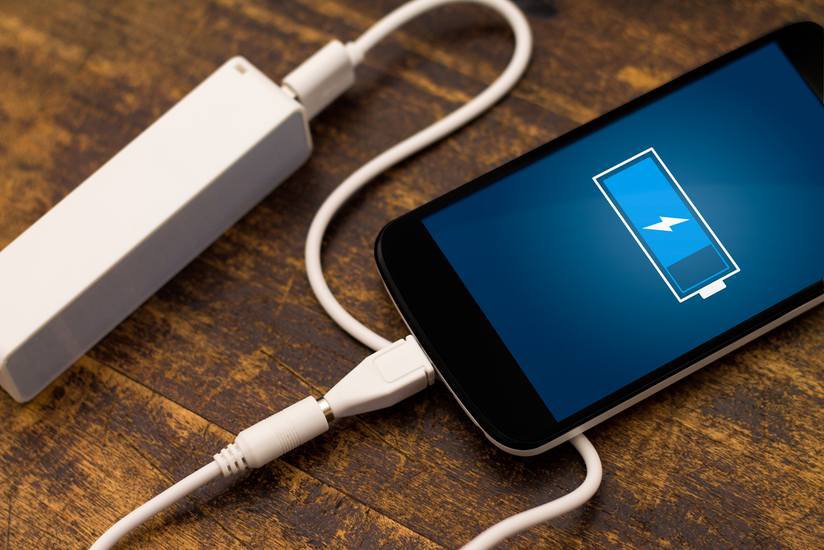
Currently, however, a supercapacitor that can store as much power as the lithium-ion battery that our phones house would be too large to fit in our sleek little devices. And the scientific community is now working on creating a supercapacitor in a phone compatible size.
During the course of research, this super-tech has been made considerably smaller, lighter and more flexible by exploring the use of two-dimensional nanomaterials. A chemical synthesis approach has been used to integrate new supercapacitors which are composed with millions of nanometre-thick wires coated with shells of two-dimensional conductive materials.
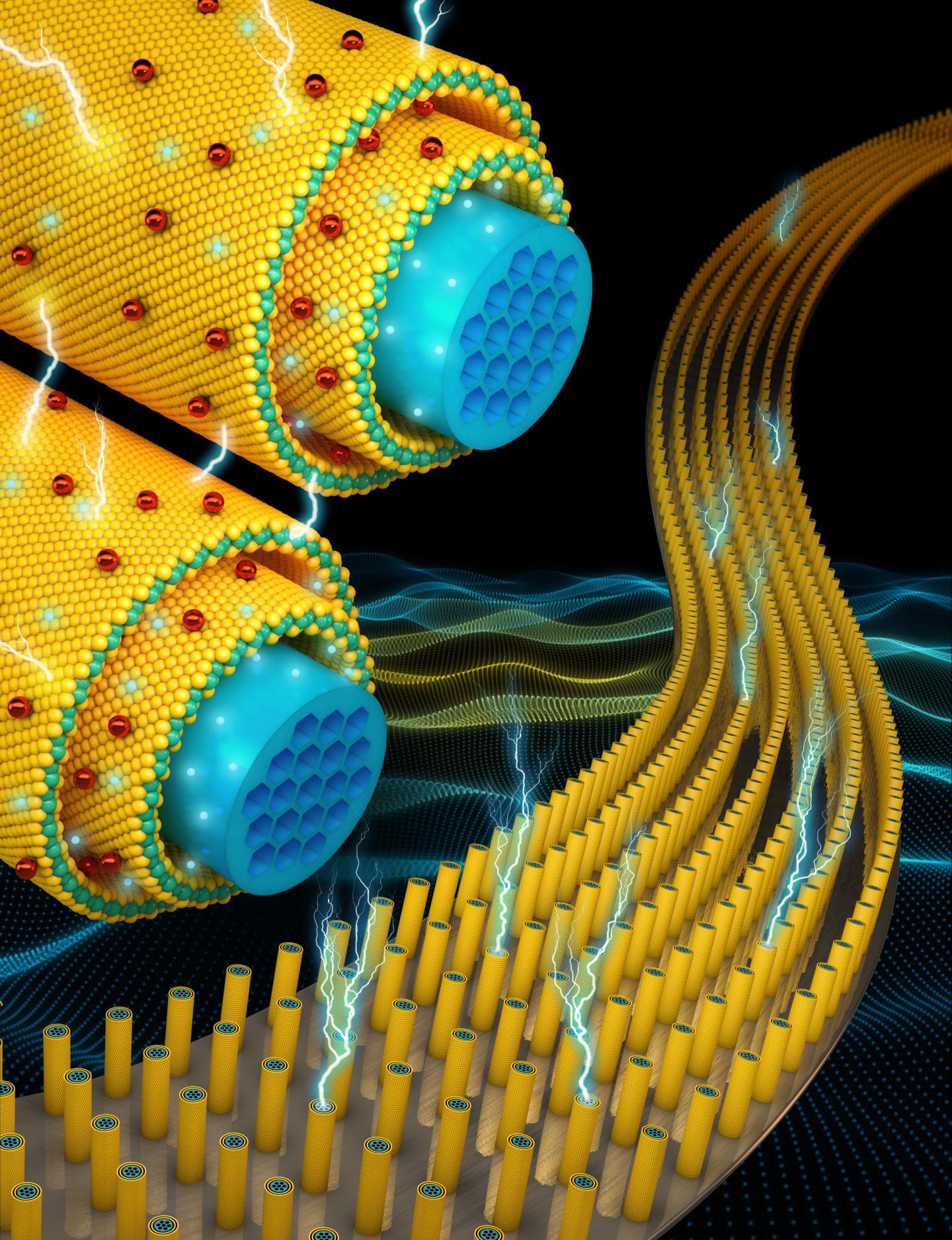
But bringing it further down in size, while maintaining storage capacity is the primary bottleneck that developers of this technology are now facing.
The potential of the supercapacitor technology, if unleashed, would not just be restricted to our smartphones. Further development of such a power source could revolutionise the usage of electric vehicles too – which instead of depending on heavy, slow-charging batteries, would then be able to replenish power for longer periods, in seconds.
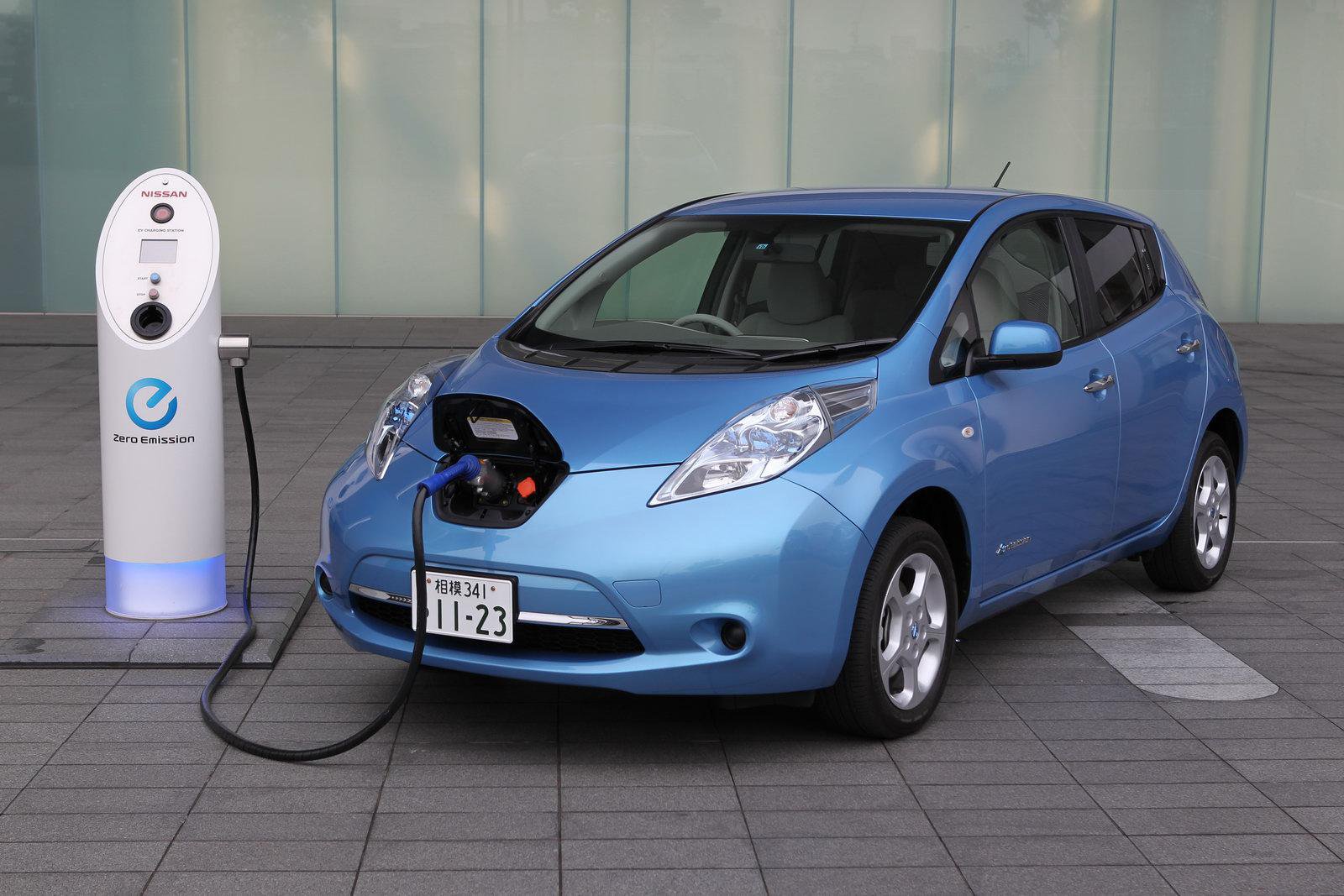
Considering the supercapacitor’s super capacity to make human life more convenient, I think it’s safe to say that most of us are beyond ready for supercapacitor tech to take over our world, guns blazing. Let’s get this done, boys!
H/t Science Alert






